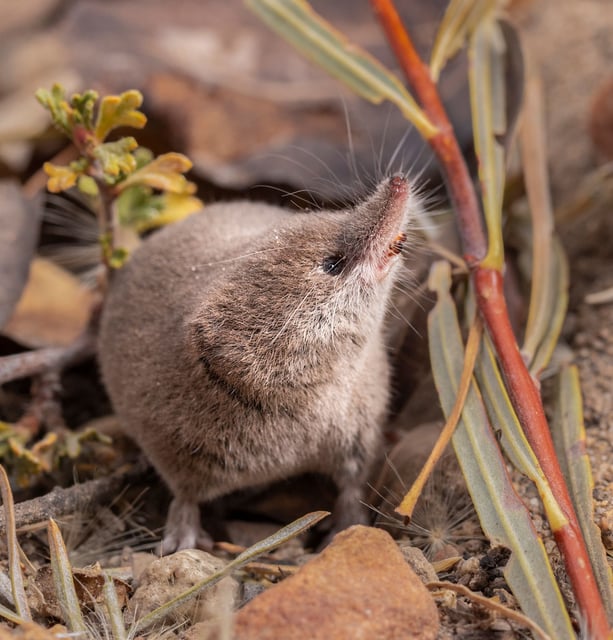Overview
- NASA's OSIRIS-REx mission returned 122 grams of material from the asteroid Bennu, marking the largest asteroid sample ever collected and studied on Earth.
- Scientists identified amino acids, nitrogen in the form of ammonia, and components of DNA, confirming extraterrestrial organic material formed in space.
- The samples contain sodium-rich salts and minerals, suggesting Bennu's parent body once had extensive underground lakes or oceans that evaporated over time.
- These findings strengthen the theory that asteroids like Bennu may have delivered the chemical precursors of life to Earth and other celestial bodies.
- Further analysis of the Bennu samples is ongoing, with most of the material preserved for future research to deepen understanding of the origins of life.



